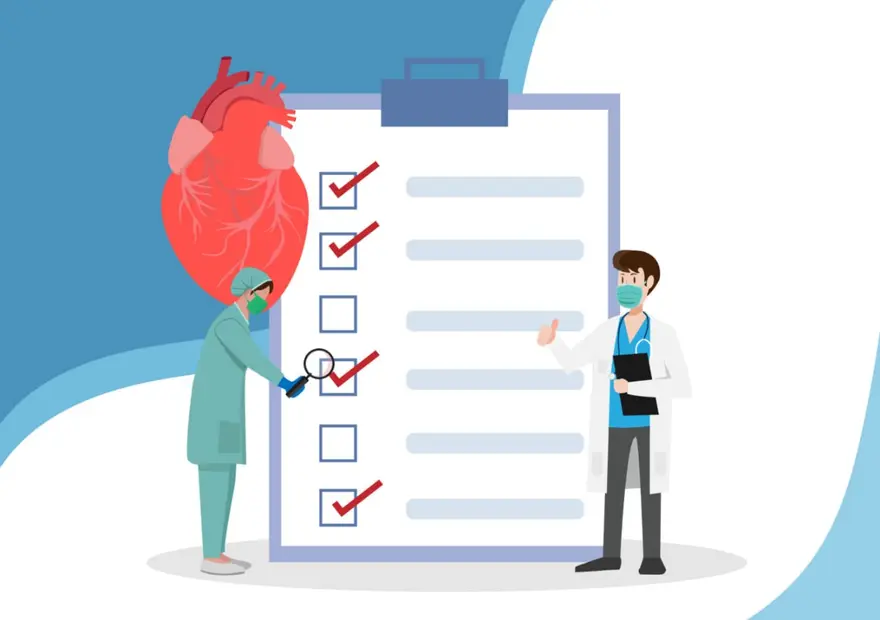Preventive Healthcare
Understanding (Tobacco) Smoking and its Harmful Effects on Health
2213 Views
0

May 31 marks the day when people from all around the world come together to raise awareness about the negative impact of tobacco on health. This day is celebrated as Anti-Tobacco Day or World No Tobacco Day. Tobacco is a harmful substance that has been responsible for causing various diseases and illnesses worldwide. It is a major risk factor for a range of health problems including lung cancer, heart disease, stroke and respiratory disorders.
According to the World Health Organisation (WHO), tobacco use kills around 8 million people each year globally. In this blog, we will discuss the connection between tobacco and poor health.
What is Tobacco?
Tobacco is a plant that is grown for its leaves, which are dried and processed to make tobacco products such as cigarettes, cigars and chewing tobacco. The primary psychoactive substance in tobacco is nicotine, which is highly addictive and can lead to dependency and withdrawal symptoms.
How Does Tobacco Harm Our Health?
Tobacco use has been linked to various health problems including cancer, heart disease, stroke, respiratory disorders and reproductive issues. The harmful effects of tobacco are due to the many toxic chemicals it contains including tar, carbon monoxide, and formaldehyde, among others. These chemicals can cause damage to the lungs, heart and other organs and can lead to the development of chronic diseases.
Smoking and Cancer
Smoking is a major risk factor for many types of cancer including lung, throat, oesophageal, bladder and pancreatic cancer, among others. The toxic chemicals in tobacco smoke can damage the DNA in cells, which can lead to the development of cancer over time.
Smoking and Heart Disease
Smoking is also a major risk factor for heart disease. The toxic chemicals in tobacco smoke can cause damage to the blood vessels, which can lead to the buildup of plaque and the narrowing of arteries. This can increase the risk of heart attacks, strokes and other cardiovascular problems.
Smoking and Respiratory Disorders
Smoking can also cause various respiratory disorders such as chronic obstructive pulmonary disease (COPD) and emphysema. The toxic chemicals in tobacco smoke can cause inflammation and damage to the lungs, which can lead to breathing difficulties and other respiratory problems.
Smoking and its Effects on the Cardiovascular System
Tobacco use also has a significant impact on the cardiovascular system. Smoking increases the risk of heart disease and stroke, both of which are leading causes of death worldwide.
When tobacco is smoked, it causes a temporary increase in heart rate and blood pressure. Over time, this can cause damage to the blood vessels, making them less flexible and more prone to blockages. This can lead to atherosclerosis, a condition in which plaque builds up in the arteries and restricts blood flow. Atherosclerosis can cause heart attacks, strokes and other serious health problems.
Smoking and its Effects on Oral Health
Tobacco use can also harm oral health. Smoking can cause bad breath, stained teeth and gum disease. Smokeless tobacco such as chewing tobacco and snuff, can cause oral cancer and other health problems.
Smoking and its Effects on Reproductive Health
Tobacco use can also harm reproductive health. Women who smoke are more likely to face difficulty in conceiving and are at an increased risk of pregnancy-related complications, such as preterm labour and low birth weight. Smoking during pregnancy can also increase the risk of sudden infant death syndrome (SIDS).
Smoking and its Effects on Mental Health
Tobacco use has also been linked to mental health problems including anxiety and depression. Nicotine, the addictive substance found in tobacco, can alter brain chemistry and cause changes in mood and behaviour. Quitting smoking can be challenging and many people experience withdrawal symptoms such as irritability, anxiety and depression.
The Dangers of Secondhand Smoke
Secondhand smoke, also known as passive smoking or environmental tobacco smoke, is a major health hazard that affects not only those who use tobacco but also those around them. This type of exposure to cigarette smoke can cause numerous health problems and increase the risk of developing serious illnesses.
Breathing in this polluted air can lead to respiratory diseases such as bronchitis and asthma. It can also contribute to heart disease, stroke and lung diseases like chronic obstructive pulmonary disease (COPD) and emphysema.
Children are particularly vulnerable to the dangers of secondhand smoke because their lungs are still developing. Exposure can lead to sudden infant death syndrome (SIDS), ear infections, coughing fits and even missing school due to illness.
How Can You Quit Smoking?
Quitting smoking can be challenging but it is possible with the right support and resources. Some effective ways to quit smoking include:
- Nicotine replacement therapy: This involves using products such as nicotine gum, patches or lozenges to help manage cravings and withdrawal symptoms.
- Medications: Certain medications can help reduce the cravings and withdrawal symptoms associated with quitting smoking.
- Counselling and support groups: Joining a counselling or support group can provide emotional support and practical advice for quitting smoking.
- Lifestyle changes: Making healthy lifestyle changes such as exercising regularly, eating a balanced diet and avoiding triggers can also help in quitting smoking.
Conclusion
Tobacco is a harmful substance that can cause various health problems including cancer, heart disease and respiratory disorders. It is important to understand the connection between tobacco and health and to take steps to reduce or quit tobacco use. By quitting smoking, you can improve your health and reduce the risk of developing chronic diseases. Book a blood test with Metropolis Labs to examine your overall health and start a tobacco-free life today. With the right support and resources, you can overcome the addiction and enjoy a healthier life.













1701259759.webp)









 WhatsApp
WhatsApp